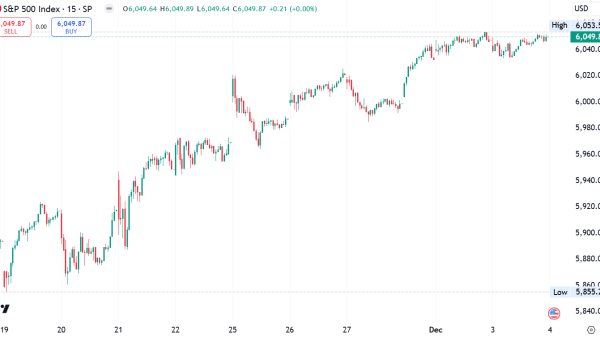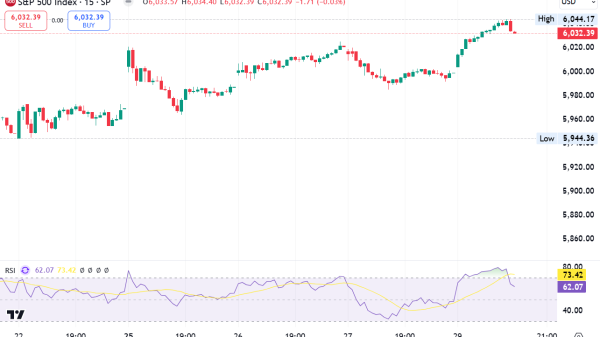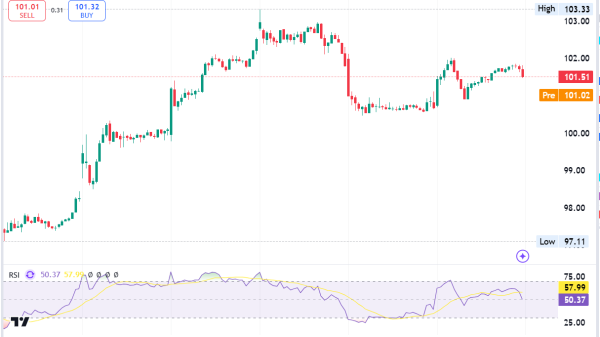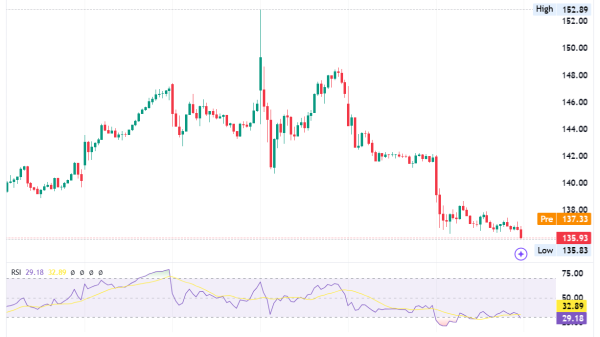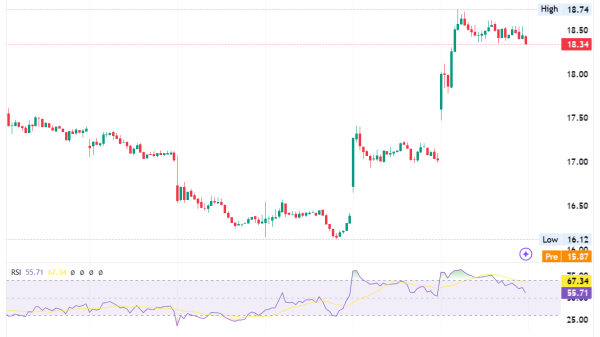Minor Structure in Forex – What Does It Mean?
Analysts, traders and people who are interested in Forex monitor the world’s largest financial market.
There are plenty of topics related to Forex. Unsurprisingly, people have many questions about the Forex market. They would like to learn more about a minor structure in Forex.
Without exaggeration, one of the fundamental concepts in Forex trading is the classification of currency pairs into major and minor pairs.
Understanding the major and minor structures is vital for traders. Traders should understand the difference between major and minor pairs.
Major currency pairs (definition and characteristics)
As stated earlier, there are major and minor currency pairs. We can start with the major currency pairs.
Unsurprisingly, they consist of the most significant and stable currencies. What’s interesting, each pair includes the US dollar (USD).
The major pairs are known for their high liquidity, tight spreads, and relatively low volatility compared to other currency pairs. The most commonly recognized major pairs are:
EUR/USD (Euro/US Dollar)
GBP/USD (British Pound/US Dollar)
USD/JPY (US Dollar/Japanese Yen)
USD/CHF (US Dollar/Swiss Franc)
USD/CAD (US Dollar/Canadian Dollar)
AUD/USD (Australian Dollar/US Dollar)
NZD/USD (New Zealand Dollar/US Dollar)
Importance of major pairs
It is recommended to remember that major currency pairs are highly liquid due to the large volume of trade involving these currencies.
Tight spreads: The spread is the difference between a currency pair’s bid and ask price. Major pairs usually have tight spreads, making them cost-effective for traders.
Market influence: It is hard to overstate the importance of major currency pairs.
As a reminder, major currency pairs represent the world’s largest and most influential economies. Hence, global economic events, monetary policy decisions, and geopolitical developments often affect these pairs. Traders monitor the factors mentioned earlier regularly.
Predictability: Due to their stability as well as high trading volume, major currency pairs tend to exhibit more predictable price movements.
Minor currency pairs
Now, let’s get back to the minor structure in Forex and its role.
Minor currency pairs, also known as cross-currency pairs, don’t include the greenback, as many people call it.
Interestingly, minor currency pairs consist of combinations of other major currencies. While minor pairs are less liquid than major pairs, they still offer significant trading opportunities.
Some common minor currency pairs include:
EUR/GBP (Euro/British Pound)
EUR/JPY (Euro/Japanese Yen)
GBP/JPY (British Pound/Japanese Yen)
CHF/JPY (Swiss Franc/Japanese Yen)
EUR/AUD (Euro/Australian Dollar)
GBP/CAD (British Pound/Canadian Dollar)
Importance of minor pairs
We need to mention the importance of diversification when it comes to a minor structure in Forex.
Trading minor pairs allows traders to diversify their portfolios and reduce their reliance on the US dollar. It can help manage risk and provide exposure to various economic regions and their currencies, respectively.
Trading opportunities: Minor pairs can present unique trading opportunities.
For instance, traders can exploit economic differences between the Eurozone and Japan by trading the EUR/JPY pair. It makes sense to give minor currency pairs a chance.
Higher volatility: Usually, minor currency pairs tend to be more volatile compared to major currency pairs. Why? Due to lower liquidity and less trading volume.
While higher volatility can increase risk, it also offers the potential for greater profits. So, traders who aren’t afraid of risk, should pay more attention to minor currency pairs.
Technical analysis: As opposed to major pairs, minor pairs are also subject to technical analysis.
Traders can use chart patterns in conjunction with technical indicators and historical price data to spot trends and potential entry or exit points. Nevertheless, the lower liquidity and higher volatility of minor pairs may require traders to adjust their strategies accordingly.
Trading strategies for major and minor pairs
What about the trading strategies?
Let’s first discuss trading strategies that are suitable for the major pairs.
One option is trend following. The strategy mentioned earlier involves identifying and following the prevailing trend in a major currency pair.
Notably, traders utilize technical indicators like moving averages, trend lines, and the relative strength index (RSI) to confirm the trend direction and make trading decisions accordingly.
Another option is news trading. As we all know, major pairs are significantly impacted by economic news and events. Traders have the opportunity to capitalize on these events by trading the price movements that follow major announcements, such as interest rate decisions, etc. This strategy requires quick execution and a good understanding of economic indicators.
Carry trade? What is it?
This strategy involves borrowing a currency with a low interest rate and investing in a higher one. Major pairs like NZD/USD and AUD/USD are often used for carry trades due to the interest rate differentials between the involved currencies. What’s interesting, traders earn the interest rate difference as profit.
Minor pairs strategies
It is no secret that minor pairs often exhibit range-bound behavior due to lower liquidity and regional market influences. Traders have the chance to identify support and resistance levels and trade within the established range. Range trading involves buying at support levels and selling at resistance levels.
Correlation trading? Is it a good option? Yes, it is!
Traders can exploit the correlations between minor pairs and other currency pairs or financial instruments.
Arbitrage opportunities may arise in minor pairs due to price discrepancies across different markets or trading platforms.
Traders can buy a currency pair in one market where the price is low and sell it in another market where the price is higher, profiting from the price difference. This strategy requires quick execution and access to multiple trading platforms.
Final thoughts
Traders, as well as people who are interested in Forex should know what is a minor structure in Forex.
It is vital to have at least some information about the major and minor structures in Forex. Major currency pairs offer high liquidity, tight spreads, and stability. They are suitable for a wide range of trading strategies.
On the contrary, minor currency pairs, while more volatile and less liquid, provide unique trading opportunities and the potential for diversification.
Traders must develop a solid understanding of both major and minor pairs, including their characteristics, influences, and appropriate trading strategies.
By doing so, traders can make informed decisions, manage risks effectively, and capitalize on the diverse opportunities available in the world’s largest financial market.
The post Minor Structure in Forex – What Does It Mean? appeared first on FinanceBrokerage.











